
Running on empty: Ohio University's decision to ax track and field leaves athletes hurt, disillusioned
Thursday, May 3, 2007 4:02 AM
ATHENS, Ohio -- To the naked eye, everything appears normal as the Ohio University men's track and field team goes about its daily workout at Pruitt Field. The place teems with distance runners and sprinters huffing and puffing their way around the quarter-mile track and others stretching or conferring with coaches.
This, however, isn't a normal day. It hasn't been a normal season for the Ohio track team, either. It has been a passion play pitting angry and disillusioned athletes, ex-athletes, former coaches, students and some fans against an administration they say worries only about the almighty dollar.
On Saturday, the collegiate athletic careers of most of these Bobcats will end with the Ohio Open in Athens. After the school year, the university will discontinue men's outdoor track and field and three other intercollegiate sports -- men's indoor track and field, men's swimming and women's lacrosse -- for budgetary reasons and to conform to Title IX, the federal law that mandates that women athletes receive equal opportunities as men.
Athletic scholarships will be honored for the remainder of every athlete's term of eligibility, but that is of little consolation.
"I feel for my teammates. This is an awful situation," said Kevin Dean, a junior distance runner and audio production major from Granville. "I wouldn't think of transferring. I'm staying because I love Ohio University. I have so much pride in my school. That's why this decision is so hard to take. It's such small change to fund our program. We don't get the special steak dinners like the football and basketball teams."
Ohio's decision to eliminate sports isn't a new concept in the Mid-American Conference. In 2007-08, the 12-school league will field only four men's swimming teams, five men's indoor and six men's outdoor track teams.
NCAA president Myles Brand recently called the extermination of athletic teams "a troubling issue."
"Title IX encourages participation and in no way requires or even suggests that programs be cut," Brand said at a forum sponsored by the Chronicles of Higher Education. "The best answer is to use resources more wisely so that more students can participate, not fewer. Athletic departments need to learn how to balance their budgets."
Two years ago, when he was hired as Ohio athletic director, Kirby Hocutt walked into a situation that could best be described as a festering wound. Former AD Thomas Boeh had stripped the swimming team of scholarships and cut men's track scholarships from eight to five. The women's lacrosse team was eating $479,897 out of the budget with trips to faraway places such as Baltimore, San Francisco and Louisiana for conference games.
University president Roderick McDavis and Hocutt have said the athletic department will have a deficit of approximately $4.3 million.
"The first sign that there were serious financial issues came three or four years ago when men's track and field and men's swimming and diving were de-emphasized," Hocutt said. "That was one of the first mandates I received when I was hired -- to be fiscally responsible. I had to make a decision that benefited the entire athletic department, while at the same time I knew it would affect student-athletes. When you look at these young athletes and see the hurt and disappointment, that hurts."
Critics of the university's actions say the budget for men's outdoor track and field is small change, with a budget of less than $28,000. At least $22,000 could be paid for through a yearly NCAA sponsorship program for universities that field more than 14 athletic teams. The men's swimming team budget is $40,975.
Hocutt said it doesn't make sense to have teams that can't compete at a high level because of lack of scholarship money.
"It still gets back to the quality of experience we're providing," he said. "Was our current track and field budget where it needed to be? No. Was our current swimming and diving budget where it needed to be? No. It was going to take a significant investment in those programs to have the success we expect. It's not healthy working this way."
Hocutt said the athletic department has been borrowing from other programs since the late 1990s to help fund three women's sports -- soccer, golf and lacrosse. By fielding 16 teams instead of 21, he said the university would be able to compete, not just play.
This season, Ohio track and field athletes rank in the top five in the MAC in 10 of 22 events. Craig Leon and Chris Campbell are first in the 10,000 meters and discus, respectively. Last year, the indoor team was last in the MAC championships and the outdoor team was next to last.
Track coach Clay Calkins and assistant Mitch Bentley have offered several options to save the team. One was a "phase-out," which would enable current athletes to compete until their eligibility runs out. A second was to seek private benefactors and corporations to endow scholarships. A third was to discontinue indoor track and drop the numbers in men's outdoor track from 50 to 30. The university rejected each option.
"The thing is, this is such an economical sport," Calkins said. "The university gets a lot of bang for its buck with track and field. We've already been cut scholarship-wise. We never thought it would come to this. Track and field in the MAC is just getting slain."
In a letter, the student government condemned the university's decision to cut sports. A group called Equity in Athletics has threatened a lawsuit against the university if the cuts aren't postponed.
Former Ohio track and field coach Stan Huntsman, a member of the U.S. Track & Field hall of fame and head coach of the 1988 U.S. Olympic team, ordered that his plaque be removed from Ohio's hall of fame as a protest. Former Bobcats track star Les Carney, who won a silver medal in the 1960 Rome Olympics in the 200 meters, said he might do the same.
Huntsman, Carney and former Ohio track coach Elmore Banton will meet with McDavis on June 15 about keeping the program alive.
"It doesn't make sense when you look at the big picture," Huntsman said from his home in Austin, Texas. "This cuts off the history of a successful program and successful kids. I'm not going to go away. I'm going to start a campaign. The issue is simple: it's about money. The university has a desire to go big-time in football. We're trying to become the Boise State of the MAC."
Critics point out the Ohio football team lost $181,000 playing in the GMAC Bowl against Southern Mississippi. They say more than $85,000 was spent on "inspirational graphics" in football meeting areas, $39,890 was spent to keep the lights on in Peden Stadium during 57 visits by recruits and annual salaries of the offensive and defensive coordinators are $89,629.
Hocutt countered by saying Ohio ranked at the bottom in the conference before Frank Solich was hired as football coach before the 2005 season. The GMAC was the team's first bowl since 1968 and the nine victories in 2006 were the second most in school history.
"Ohio University has made a commitment to be successful in all 16 sports, and football is one of them," Hocutt said. "It begins with hiring quality coaches. We have invested in our football program."
Kent State athletic director Laing Kennedy said Ohio probably didn't have much choice than to cut. Kent has 18 programs but through the years has axed ice hockey and men's and women's swimming.
"I respect Kirby Hocutt," Kennedy said. "Kirby walked into this management problem and now has to try and solve it. I believe they had no other choice."
Minnesota athletic director Joel Maturi said universities must begin looking 10 to 12 years ahead to save teams. When Maturi was athletic director at Miami University in 1999, the school kept men's golf and men's outdoor track by endowing scholarships. When he was hired by Minnesota in July 2002, men's and women's golf and gymnastics were about to be dropped. Each was saved when $2.7 million in private money was raised in 10 months.
"We were fortunate to buy ourselves time," Maturi said. "At Minnesota, football, (men's) hockey and men's basketball are the only sports that pay for themselves. If this were a business instead of a college, the University of Minnesota wouldn't be here."
Maturi said he cut wrestling at Miami for the same reasons Ohio is cutting.
"I remember seeing us lose to Central Michigan 62-0 in wrestling," he said. "That was absolutely awful. We had two scholarships. Was that a quality experience? We just couldn't continue like that."
That others have suffered before them is little consolation to Ohio athletes whose sport has nearly vanished. Distance runner Nate King, a sophomore from Hilliard Davidson majoring in special education, said the university dropped a bomb on the team's lap.
"They were so fuzzy about things for so long," he said. "It makes no sense to me. They say we'll still have cross country, but what good high school runner is going to come here for cross country knowing there is no indoor or outdoor team?"
The Ohio Open usually is a celebration. On Saturday, it could be a wake.
"It sure will hit home," said Bentley, the assistant coach. "It's going to hurt."
mznidar@dispatch.com


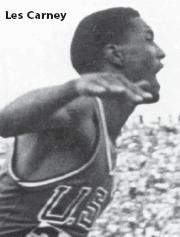

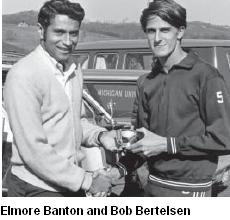

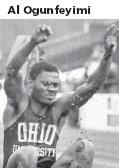


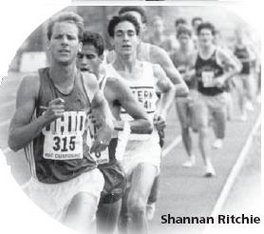

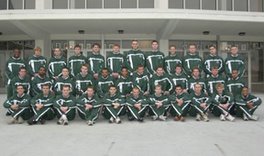


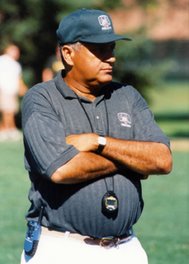




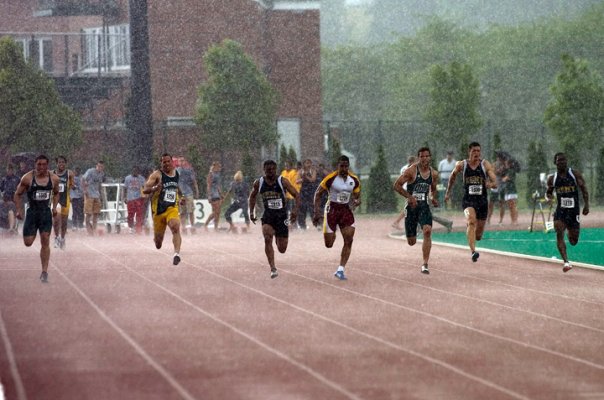
No comments:
Post a Comment